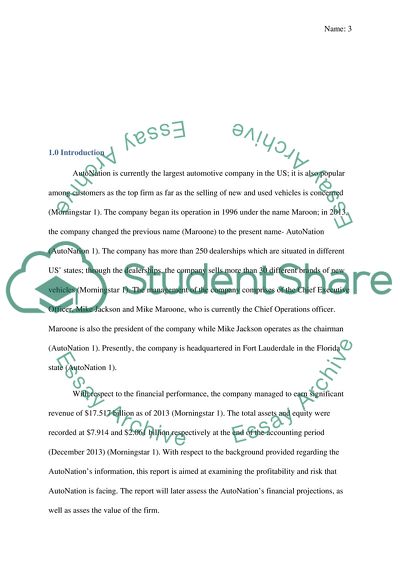Cite this document
(The U.S. Automotive Industry Research Paper Example | Topics and Well Written Essays - 3500 words, n.d.)
The U.S. Automotive Industry Research Paper Example | Topics and Well Written Essays - 3500 words. https://studentshare.org/finance-accounting/1832388-the-us-automotive-industry
The U.S. Automotive Industry Research Paper Example | Topics and Well Written Essays - 3500 words. https://studentshare.org/finance-accounting/1832388-the-us-automotive-industry
(The U.S. Automotive Industry Research Paper Example | Topics and Well Written Essays - 3500 Words)
The U.S. Automotive Industry Research Paper Example | Topics and Well Written Essays - 3500 Words. https://studentshare.org/finance-accounting/1832388-the-us-automotive-industry.
The U.S. Automotive Industry Research Paper Example | Topics and Well Written Essays - 3500 Words. https://studentshare.org/finance-accounting/1832388-the-us-automotive-industry.
“The U.S. Automotive Industry Research Paper Example | Topics and Well Written Essays - 3500 Words”. https://studentshare.org/finance-accounting/1832388-the-us-automotive-industry.


